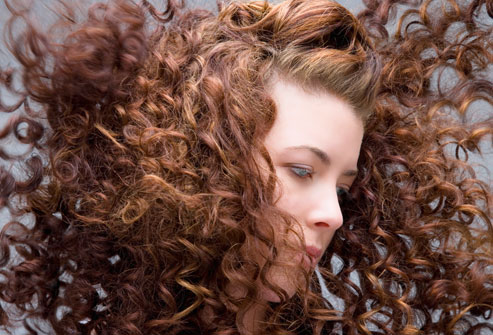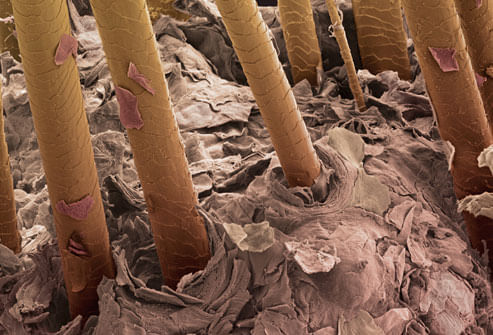Get the App
For Doctors
Login/Sign-up
Last Updated: Aug 29, 2019
BookMark
Report
Dr. Hameed Ibrahim KhokarAlternative Medicine Specialist • 19 Years Exp.FRAS, MD - Ayurveda, Bachelor of Ayurveda, Medicine & Surgery (BAMS)
Women's Hair Loss, Thinning Hair Causes and Solutions
Hair Is Tied to Self-Image
Long, short, bouncy, sleek -- for most women, hair is far more than a bundle of fiber. It's an expression of style and personality. Research also suggests hair and self-image are closely intertwined. If an occasional "bad hair day" can make a woman feel bad, hair loss can be a distressing sight to face every morning in the mirror.
How Hair Grows
The average scalp has 100,000 hairs. Each follicle produces a single hair that grows at a rate of half an inch per month. After growing for two to six years, hair rests awhile before falling out. It's soon replaced with a new hair, and the cycle begins again. At any given time, 85% of hair is growing, and the remainder is resting.
How Much Hair Loss Is Normal?
Because resting hairs regularly fall out, most people shed about 50-100 strands every day. You'll typically find a few in your hairbrush or on your clothes. Abnormal hair loss can happen in several ways. You may notice dramatic clumps falling out when you shampoo or style. Or your hair may thin slowly over time. If you're concerned about changes in your hair, check with your doctor.
Finding the Roots of Hair Loss
Hair loss in women can be triggered by about 30 different medical conditions, as well as several lifestyle factors. Sometimes no specific cause can be found. As a starting point, hair loss experts recommend testing for thyroid problems and hormone imbalances. In many cases, hair will grow back once the cause is addressed.
Hair Is Tied to Self-Image
Long, short, bouncy, sleek -- for most women, hair is far more than a bundle of fiber. It's an expression of style and personality. Research also suggests hair and self-image are closely intertwined. If an occasional "bad hair day" can make a woman feel bad, hair loss can be a distressing sight to face every morning in the mirror.
How Hair Grows
The average scalp has 100,000 hairs. Each follicle produces a single hair that grows at a rate of half an inch per month. After growing for two to six years, hair rests awhile before falling out. It's soon replaced with a new hair, and the cycle begins again. At any given time, 85% of hair is growing, and the remainder is resting.
How Much Hair Loss Is Normal?
Because resting hairs regularly fall out, most people shed about 50-100 strands every day. You'll typically find a few in your hairbrush or on your clothes. Abnormal hair loss can happen in several ways. You may notice dramatic clumps falling out when you shampoo or style. Or your hair may thin slowly over time. If you're concerned about changes in your hair, check with your doctor.
Finding the Roots of Hair Loss
Hair loss in women can be triggered by about 30 different medical conditions, as well as several lifestyle factors. Sometimes no specific cause can be found. As a starting point, hair loss experts recommend testing for thyroid problems and hormone imbalances. In many cases, hair will grow back once the cause is addressed.




+1.svg)
